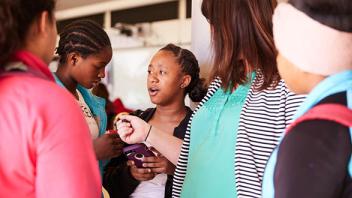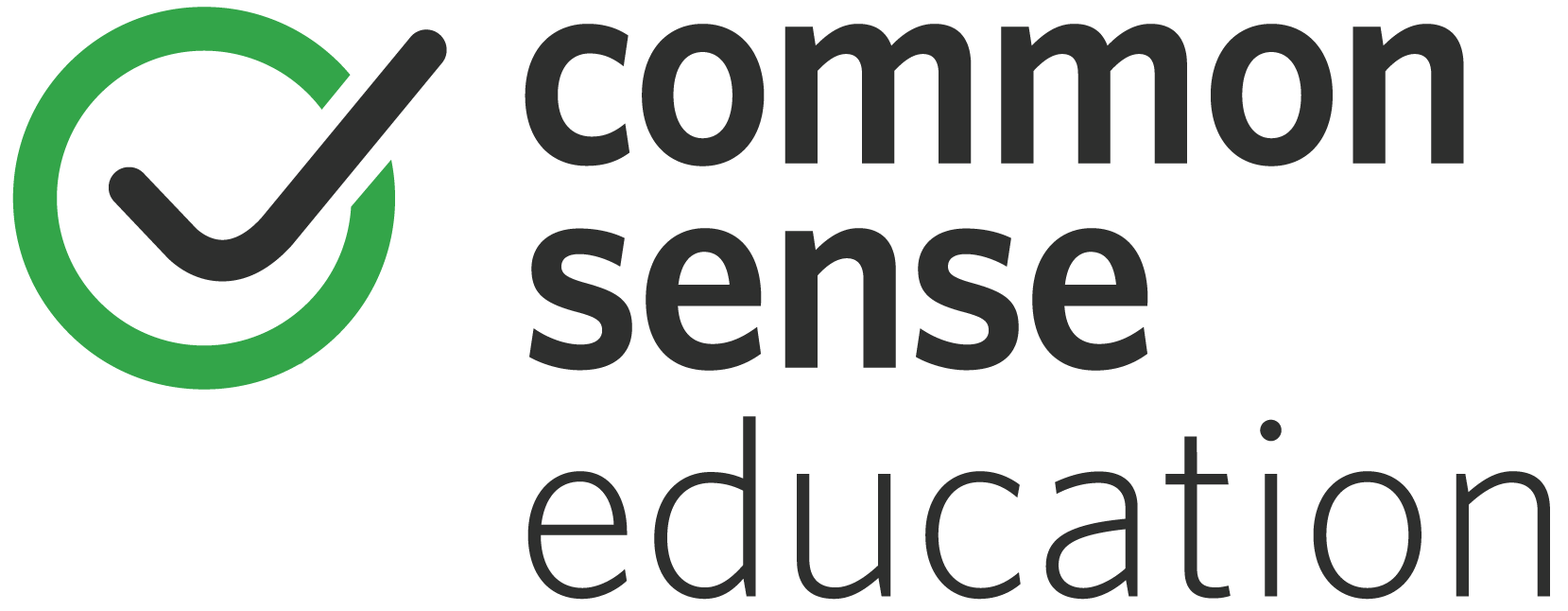Field trips are fun diversions from the classroom; they offer a valuable change of scenery for students and new opportunities for learning. But, in spite of this newness, one stubborn issue remains: device distraction.
Teachers know that smartphone issues don’t just get left behind when students board the bus to head to a local museum. In fact, the excitement of being outside of school can lead to even more distracted phone-checking. There’s an easy fix: banning phones. But a no-phone policy misses a potential learning opportunity.
Great field trips are never just about art, history, or science; they’re about life. Now, I know that sounds grandiose, but hear me out. Think back to your favorite field trips: You probably didn’t learn all that much stuff — you know facts, dates, and so on — but I bet you did get excited about learning itself. In my mind, a great field trip is less about what’s learned and more about the joy of learning itself. By going on field trips, students get exposed to fun, enriching opportunities in their communities. They learn that an art gallery isn’t stuffy and inaccessible but playful and welcoming.
So what does this have to do with phones?
Banning phones on field trips sends the opposite message. It tells students that what they’re doing is serious, academic business. It associates the places that you go on field trips with the rules and restrictions of school. A device ban also doesn’t acknowledge that for our students, smartphones are essential tools for processing and documenting the world.
For our students, smartphones are essential tools for processing and documenting the world.
Think about it this way: While phones might be distracting on a field trip, they’re also impossibly cool, offering students opportunities to go beyond the info on an exhibit’s placard and document their experiences and communicate with peers. A field trip offers the perfect platform to show students how phones can offer extra context to their experiences, not distracting but enhancing.
Different field trip locations will likely have photo and/or phone policies, so check with them first before committing to a particular activity. For many classrooms, it’ll also be useful to set up some baseline restrictions and scaffolding for device use. For example, consider blocking out times during the field trip where students can use them freely, use them just for school purposes, and not at all. You might even bring along some colored flags you can hold up to signal these changes (e.g., holding up a green flag means students can use devices freely). Finally, consider assessing students on how well they adhere to your device-use guidelines during the field trip. Build this into the rubric of the overall field trip project or assignment.
A field trip offers the perfect platform to show students how phones can offer extra context to their experiences, not distracting but enhancing.
So what would be some fun activities to get students using their phones productively on a field trip? Here are a few quick ideas.
Selfie scavenger hunt
Visit the field trip location first, or check it out online. Identify some objects or exhibits that you want students to visit. Write up short, slightly ambiguous descriptions of their locations. On the field trip, students will need to find these things and take selfies in front of them. After the field trip, students can attach their pictures to the descriptions you wrote and write a reflective piece about why the object or exhibit is significant.
Guided tour
If the field trip is to a place with a lot of different things to see (e.g., a zoo, museum, or gallery), have students use their phones to take pictures and record the locations of their five to 10 highlights. After the field trip, have students write up a walking guide to the place they visited with a map, pictures, and interesting facts or information to support their highlights.
Re-captioning
(This idea would work best for places with curator placards/captions that accompany an artifact or exhibit like an art gallery, a history museum, or a science museum but could be adapted to a few other types of field trip locations.)
As students browse the field trip location, have them take pictures of their favorite exhibits and the accompanying placards. After the field trip, have them do research or reflect more on the exhibit and rewrite the placard based on what they find out. Teachers can then share these revised exhibits online for all students to see. If a field trip location has docents, tour guides, or on-site experts, students could also ask these people questions and record them with their phone’s audio recorder for transcription.
One final note: Let’s be real. There’s still gonna be distraction and behavior issues. That’s just a part of field trips. But by including phones in your planning, field trips can offer students a unique opportunity to learn about and practice responsible, intellectually curious behavior in an authentic environment.
Image courtesy of Allison Shelley/The Verbatim Agency for American Education: Images of Teachers and Students in Action.
This article originally appeared on Common Sense Education . Common Sense Education helps educators find the best edtech tools, learn best practices for teaching with tech, and equip students with the skills they need to use technology safely and responsibly. Go to Common Sense Education for free resources including full reviews of digital tools, ready-made lesson plans, videos, webinars, and more.

